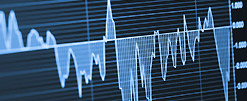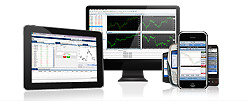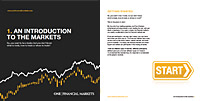

U.S. PCE prices rose 0.6% in January, stoking fears of higher Fed rates for longer
By Geoffrey Smith
Investing.com -- The Federal Reserve's preferred measure of inflation flashed red again on Friday, adding to concerns that interest rates will have to rise some way yet in order to bring prices back under control.
The price index for personal consumption expenditures rose 0.6% in January - both in core and headline terms - while December's data were also revised higher. Analysts had reckoned with a rise of only 0.4% in the core index, which is the one most cited by the Fed.
That meant that the core rate of PCE inflation ticked up for the first time in four months, to 4.7% - still more than twice the Fed's 2% target.
U.S. financial markets reacted negatively to the news, quickly repricing their expectations for official interest rates. By 08:40 ET (13:40 GMT), the yield on the benchmark 2-Year Treasury note - a rough proxy for Fed expectations - was up 7 basis points at 4.77%, its highest since October. The dollar index, which tracks the greenback against a basket of developed market currencies, jumped 0.5% to 105.04, a seven-week high. S&P 500 futures meanwhile fell over 1.3%.
Stock and bond markets have been under pressure for over a week now as a string of data releases have suggested that the economy is not coming off the boil as quickly as seemed to be the case at the end of last year, when the headlines were dominated by a succession of mass layoffs at big technology companies. Successive reports from the labor market have showed the newly laid-off being rapidly absorbed by companies that - nationwide - have almost two jobs available for every unemployed person.
Other data released at the same time also showed that consumer spending held up more strongly than expected in January. Personal spending rose 1.8% from December – the biggest monthly rise since March 2021 - even though incomes rose by a smaller-than-expected 0.6%. The income figure was a crumb of consolation for those arguing that there is little or no evidence to suggest that excessive wage growth is driving inflation. Wage growth adjusted for inflation has been negative for well over a year.
Even so, "with spending strong, inflation should prove stickier than initially expected," said Kathy Jones, chief fixed-income strategist with Charles Schwab, via Twitter. "The markets are still pricing in a peak fed funds rate in the 5.25% to 5.5% range, but that peak expected rate keeps inching higher."
Begin trading today! Create an account by completing our form
Privacy Notice
At One Financial Markets we are committed to safeguarding your privacy.
Please see our Privacy Policy for details about what information is collected from you and why it is collected. We do not sell your information or use it other than as described in the Policy.
Please note that it is in our legitimate business interest to send you certain marketing emails from time to time. However, if you would prefer not to receive these you can opt-out by ticking the box below.
Alternatively, you can use the unsubscribe link at the bottom of the Demo account confirmation email or any subsequent emails we send.
By completing the form and downloading the platform you agree with the use of your personal information as detailed in the Policy.






